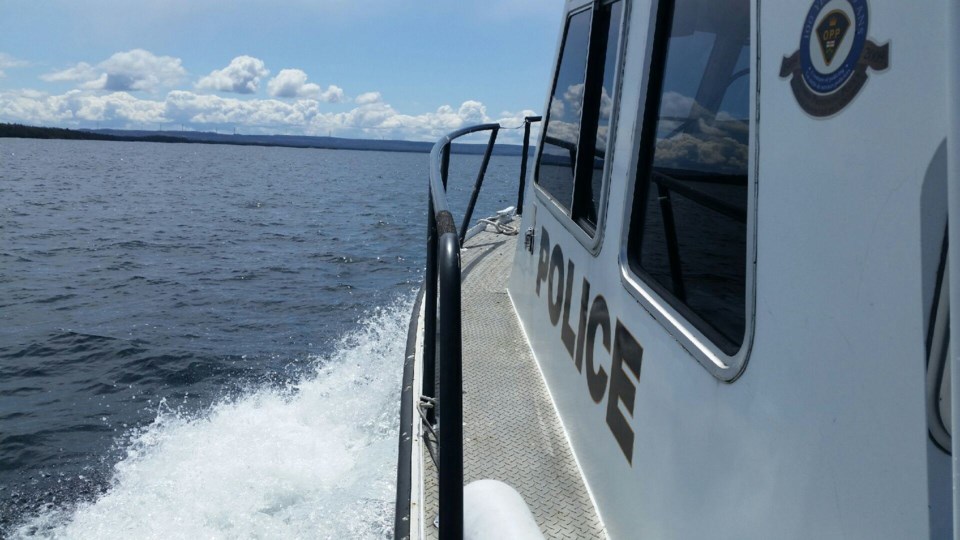The OPP is shedding light on fatalities over the last decade for which lifesaving and protective equipment could have saved many lives…had it been worn.
On the water
Between 2012 and 2021, the OPP investigated 238 boating/paddling deaths. Only 35 of those who died were wearing a lifejacket. With more than 40 per cent of the incidents involving a capsized vessel or the victims falling overboard, a significant number of the deceased boaters/paddlers who were not wearing a lifejacket could have been found afloat and alive had they not settled for just having this safety device on board.
Always choose a Canadian approved lifejacket and wear it every time you are out on the water, regardless of whether you are an avid paddler or powerboat enthusiast.
Off-road
During the same period, 186 people were killed in off-road vehicle incidents. Almost half (86) of the deceased were not wearing a helmet. With losing control a contributing factor in a significant number of the fatalities, the critical protection a helmet provides in a crash, roll-over and when one is ejected from their vehicle could have prevented the loss of life or serious, life-altering head injuries sustained in some of these incidents.
Whether you are riding on roads, trails, or your own property, always wear a helmet and make every ride a smart and safe one.
On the road
Of the 3,174 people who have died on OPP-patrolled roads during the past 10 years, choosing to not wear a seatbelt was a contributing factor in 542 of the fatalities.
Collisions that involve unbuckled vehicle occupants almost always result in being ejected from the vehicle and death. Had seatbelts been worn in these crashes, the number of deaths could have been far lower.
Before and during the Canada Day long weekend, OPP officers will be ramping up enforcement and education regarding the presence and use of lifesaving equipment to help ensure Ontarians travel safely on and off the road.
The OPP patrols approximately 100,000 square kilometres of waterways, a vast trail network and over 130,000 kilometres of roadways, including North America's busiest transportation corridor, Highway 401.



